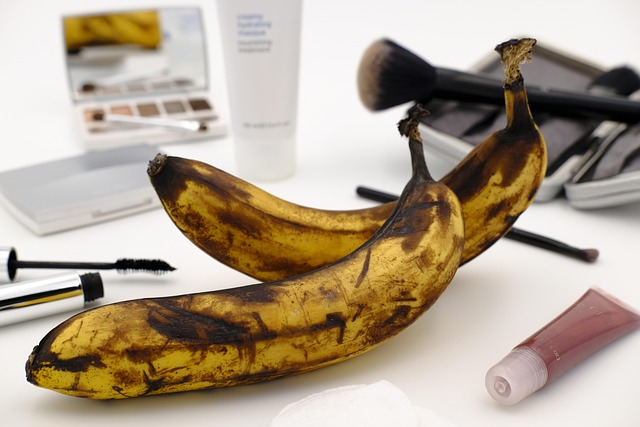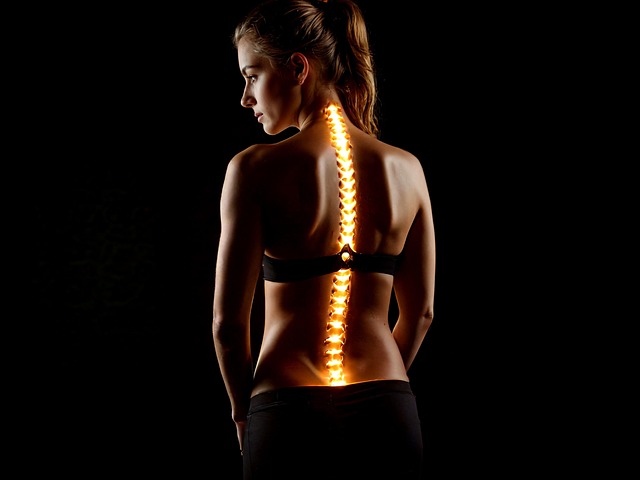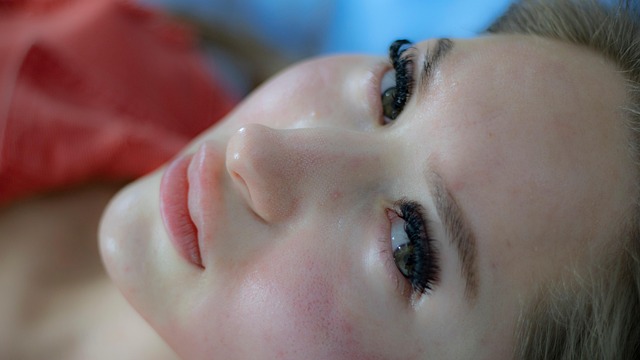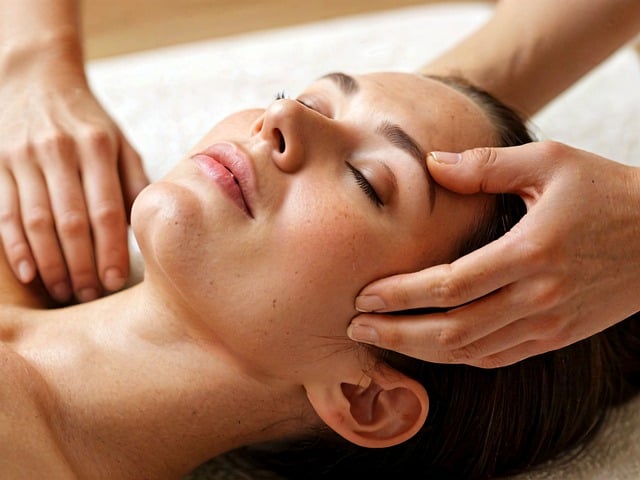Fine lines and wrinkles are natural age markers but can be addressed through understanding their causes (dynamic & static) and types. Early intervention with targeted anti-aging treatments is key, focusing on collagen stimulation, protection from free radicals, and enhanced skin cell turnover. Topical creams like retinol, hyaluronic acid, and peptides are effective over time, while in-clinic treatments like chemical peels, microdermabrasion, Botox, and dermal fillers offer tailored solutions. A healthy lifestyle, including exercise, diet, hydration, stress management, and quality sleep, enhances treatment effectiveness. Groundbreaking advancements like advanced peptides and microneedling with RF energy revolutionize anti-aging care. Prioritize safety when choosing treatments, avoiding risks from over-the-counter products or myths, and focusing on consistent routines with proven, safe ingredients.
Looking to banish those telltale fine lines and wrinkles? Understanding the science behind wrinkle reduction is key to achieving a youthful glow. This comprehensive guide explores various anti-aging treatments, from topical creams and serums for daily care to professional in-clinic procedures and lifestyle changes. We’ll also delve into emerging technologies while debunking common myths, empowering you to make informed decisions on your journey to smoother skin.
Understanding Fine Lines and Wrinkles: Causes and Types

Fine lines and wrinkles are a natural part of aging, but understanding their causes and types can empower individuals to implement effective anti-aging treatments. These delicate facial lines can vary in depth and appearance, ranging from subtle expression lines to more pronounced creases. Dynamic wrinkles, caused by muscle movement, often appear around the eyes and mouth as a result of frowning, smiling, or squinting. Static wrinkles, on the other hand, are permanent and develop due to sun exposure, aging skin, and loss of collagen.
Environmental factors like UV radiation play a significant role in accelerating wrinkle formation. The skin’s natural collagen and elastin fibers, responsible for its firmness and elasticity, degrade over time, leading to visible fine lines and sagging. Early intervention with targeted anti-aging treatments can help minimize the appearance of these wrinkles and maintain youthful skin.
The Science Behind Anti-Aging Treatments

The science behind anti-aging treatments, particularly those focused on wrinkle reduction, involves a complex interplay of biology and chemistry. At the heart of it lies collagen, a protein that provides structural support to our skin, acting as a natural “scaffold” that keeps it firm and supple. As we age, our bodies produce less collagen, leading to reduced elasticity and the formation of fine lines and wrinkles.
Anti-aging treatments seek to combat this process through various mechanisms. Some stimulate collagen production by targeting specific proteins involved in the body’s natural repair processes. Others employ antioxidants to protect existing collagen from damage caused by free radicals, unstable molecules that can accelerate aging. Additionally, certain ingredients like retinol and peptides are known to enhance skin cell turnover, promoting a smoother and more even complexion by reducing the appearance of wrinkles.
Topical Creams and Serums for Daily Care

In the quest for youthful skin, topical creams and serums play a pivotal role as effective anti-aging treatments. These potent formulations are designed to penetrate deeper into the skin, targeting fine lines and wrinkles at their source. Daily incorporation of these products into your skincare routine can make a noticeable difference over time.
When choosing an anti-aging treatment, look for ingredients like retinol, which stimulates collagen production, plumping up skin and reducing the appearance of fine lines. Hyaluronic acid is another powerhouse, as it retains moisture, enhancing skin’s elasticity and smoothing out wrinkles. Many serums also incorporate peptides, known for their ability to repair and regenerate skin, leaving it looking firmer and more youthful.
Professional In-Clinic Procedures: What to Expect

Professional in-clinic procedures for wrinkle reduction and anti-aging treatment have become increasingly popular as people seek effective ways to combat fine lines and age-related skin changes. These treatments are administered by trained dermatologists or estheticians in a controlled clinical setting, offering a range of options tailored to individual needs. Common procedures include chemical peels, microdermabrasion, and injectable treatments like Botox or dermal fillers.
During these procedures, patients can expect a comprehensive consultation to determine the best course of action based on their skin type, age, and specific concerns. The actual treatment may involve gentle exfoliation, application of topical agents, or injection techniques. Post-procedure, patients are usually provided with aftercare instructions, including sun protection and hydration, to ensure optimal results and minimize downtime.
Lifestyle Changes for Long-Lasting Results

Adopting a healthy lifestyle can significantly complement your anti-aging treatment routine and deliver long-lasting results in wrinkle reduction. Regular exercise, for instance, boosts blood circulation, encouraging collagen production which is key to maintaining skin elasticity. A balanced diet rich in antioxidants, vitamins, and minerals supports skin health from within, fostering a radiant complexion. Additionally, staying hydrated keeps the skin plump and supple, reducing the appearance of fine lines. Stress management is another vital aspect; chronic stress can accelerate aging by releasing cortisol, a hormone that breaks down collagen.
Quality sleep is also essential as it allows the body to repair and regenerate cells, promoting a youthful glow. Avoiding excessive sun exposure and smoking are critical preventive measures. The sun’s UV rays break down collagen and accelerate wrinkle formation, while smoking constricts blood vessels, impeding oxygen and nutrient supply to the skin. These lifestyle adjustments, when combined with effective anti-aging treatments, can help you achieve and maintain a youthful appearance for years to come.
Emerging Technologies in Wrinkle Reduction

The world of skincare is constantly evolving, and emerging technologies in wrinkle reduction are revolutionizing anti-aging treatments. One notable advancement is the use of advanced peptides, which stimulate collagen production to fill in fine lines and wrinkles from within. These targeted ingredients have gained popularity due to their ability to mimic the body’s natural processes, offering a more subtle yet effective approach to skincare.
Additionally, innovative technologies like microneedling with radiofrequency (RF) energy have emerged as powerful tools for collagen stimulation and skin rejuvenation. This procedure creates tiny micro-channels in the skin, encouraging the body to produce new collagen and elastin, resulting in reduced appearance of wrinkles and improved skin texture. As research continues to uncover the secrets of skincare, these cutting-edge technologies offer promising solutions for achieving a youthful glow and combating the signs of aging.
Safety Precautions and Common Myths Debunked

When considering any wrinkle reduction method, especially for fine lines, safety should be your top priority. While many over-the-counter creams and home remedies promise significant results, it’s crucial to approach them with caution. Some ingredients in these products can cause skin irritation or allergic reactions, especially if your skin is sensitive. Always conduct a patch test before applying any new product across a larger area.
Common myths surrounding anti-aging treatments need debunking too. For instance, there’s no scientific evidence to support the claim that certain foods directly eliminate wrinkles. Similarly, sleeping positions do not significantly influence fine line development. What does work are consistent skincare routines with proven, safe ingredients like retinol and hyaluronic acid, which are key components in many effective anti-aging treatments.
